Amazon pufferfish - Colomesus asellus
Scientific name: Colomesus asellus
Common name: Amazon pufferfish
Family: Tetraodontidae
Usual size in fish tanks: 10 - 14 cm (3.94 - 5.51 inch)
014
Recommended pH range for the species: 5.9 - 8
Recommended water hardness (dGH): 3 - 17°N (53.57 - 303.57ppm)
0°C 32°F30°C 86°F
Recommended temperature: 24 - 27 °C (75.2 - 80.6°F)
The way how these fish reproduce: Spawning
Where the species comes from: South America
Temperament to its own species: aggressive/territorial
Temperament toward other fish species: peaceful
Usual place in the tank: Middle levels
Origin
The Amazon pufferfish originates from South America. It is widely distributed among the Amazonian river basins in Brazil, Peru and Ecuador where it inhabits various types of water including rapids and areas covered with foliage.
Short description
The Amazon pufferfish is one of the most instantly recognisable pufferfish in the aquarium trade.They are often purchased for their great looks and cute mannerisms although they are highly aggressive so this should be taken into account before adding them to the aquarium.Thet are are not as aggressive as other species of pufferfish but care will need to be taken when selecting tank mates.
Their Latin name is Colomesus asellus and they belong to the family of Tetraodontidae. Adult specimens are expected to reach an average length of up to 4.5-5 inches and they display great colouration and markings. The main body colouration is a pale yellowy green which is broken by dark barring along the whole of the body.
They have the ability to inflate themselves by the use of water or air hence their common name and this ability adds to their interest, enticing these fish to inflate is not advised as it can increase their stress levels.
Amazon pufferfish do not possess scales which makes them more prone to aquarium related diseases and they beaks will need clipping down from time to time.
Lifespan
If cared for correctly the average .lifespan for the Amazon pufferfish is expected to be at least 10 years of age.General care
Pufferfish require larger water volumes for each specimen compared to the general rule of 1 gallon per inch of fish. Because of this the minimum sized aquarium that should be used to house a small group will need to be at least 4 feet (120cm) in length and 1 foot wide. If kept individually they can become restless and skittish, always house in small groups of at least 6 specimens.
The water quality the aquarium should be pristine so use a good filtration system and maintain a good water flow to keep the water highly oxygenated. The decor is purely optional so adding plants etc. is purely optional, floating plants will help to keep the lighting subdued.
The water temperature should range between 24-27°C (76-81°F) and the pH should range between 5.9-8.0. They are classed as a freshwater puffer fish so do not require brackish conditions for longevity, it is important to perform regular water changes as they are high waste producers.
It is advised to keep them in a species only set up as they will become aggressive towards non specific tank mates.
Feeding
These fish will accept a varied diet but it is wise to offer meaty crustaceans to keep their beaks trimmed own. However the beaks will still need to be monitored to keep them at their correct length.Offer shellfish still in their shells such as cockles and even crab legs for their meaty intake. They will graze on algae but for vegetable content offer a quality flake or pellet food and supplement with spirulina. Only feed what the Amazon pufferfish can consume in a 5 minute period, it may be best to offer small meals each day rather than one large meal. Decaying food will quickly deteriorate the water quality which will affect the general health of these fish.
Sexing
There are no visible differences between the sexes.
Breeding
There are no reliable reported cases of the Amazon puffer breeding in the aquarium. It is know that they deposit their eggs in nests but will show no form of parental care.
Pictures
Bought by aqua-fish.net from jjphoto.dk
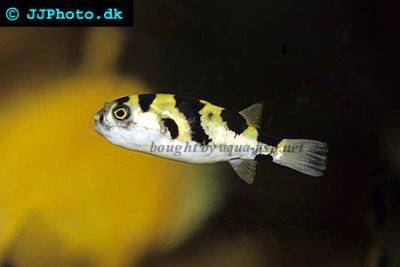




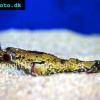 Red
Red 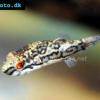 Striped
Striped 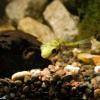 Malabar
Malabar 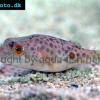 Red-spot
Red-spot 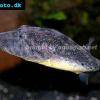 Bailey’s
Bailey’s 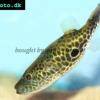 Thai
Thai 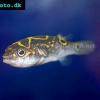 Figure
Figure 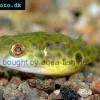 Fang’s
Fang’s 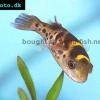 Green
Green 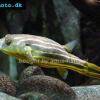 Coral
Coral  Giant
Giant 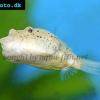 Congo
Congo 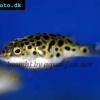 Green
Green 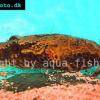 Humpback
Humpback 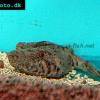 Mekong
Mekong 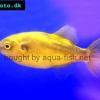 Bronze
Bronze